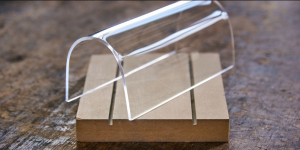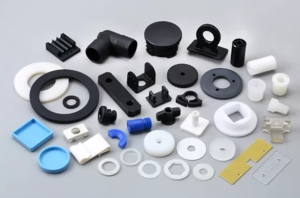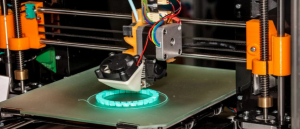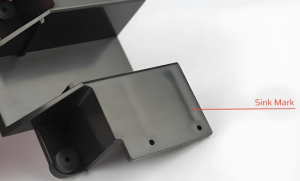Core pin bending in injection molding can result from several factors related to the process, materials, and equipment. Here are the main causes:

Your Partner in Custom Injection Molding
Choose us for your custom injection molding needs and experience excellence in every detail. Our China-based factory provides innovative solutions, competitive pricing, and fast turnaround times. Get your custom quote now!
- High Injection Pressure:
- Excessive injection pressure can exert a high force on the core pin, leading to bending or deflection.
- Improper Gate Location:
- If the gate is improperly located, the flow of molten plastic can create uneven forces on the core pin, causing it to bend.
- High Melt Temperature:
- High melt temperature can reduce the viscosity of the plastic, increasing the force on the core pin during injection.
- Poor Core Pin Design:
- Insufficient diameter, length, or inadequate material strength of the core pin can make it susceptible to bending under injection forces.
- Inadequate Support:
- Lack of proper support for the core pin within the mold can cause it to bend under pressure.
- Non-uniform Cooling:
- Uneven cooling can lead to differential shrinkage and stress on the core pin, causing it to bend.
- Material Selection:
- Using a core pin material that is not strong enough to withstand the injection and holding pressures can result in bending.
- Mold Misalignment:
- Misalignment of mold components can cause uneven distribution of forces, leading to core pin bending.
Mitigation Strategies
- Optimizing Injection Pressure:
- Adjust the injection pressure to a level that is sufficient for proper filling without exerting excessive force on the core pin.
- Gate Location and Design:
- Ensure that the gate is properly located and designed to distribute the flow evenly and reduce the force on the core pin.
- Temperature Control:
- Maintain appropriate melt temperatures to control the viscosity of the plastic and minimize force on the core pin.
- Strengthening Core Pin:
- Design core pins with appropriate dimensions and use materials with higher strength and rigidity.
- Providing Adequate Support:
- Ensure that the core pin is well-supported within the mold to withstand injection forces.
- Uniform Cooling:
- Implement uniform cooling methods to reduce differential shrinkage and stress on the core pin.
- Material Selection:
- Choose core pin materials that are strong enough to withstand the injection molding pressures.
- Mold Alignment:
- Regularly check and maintain the alignment of the mold components to ensure even distribution of forces.
Related Conten: Plastic Assembly Decoration






